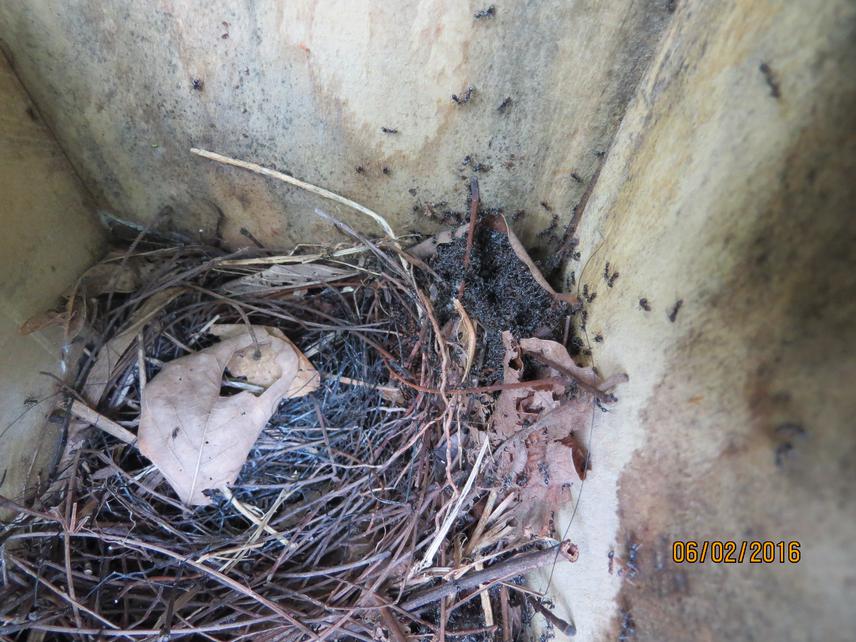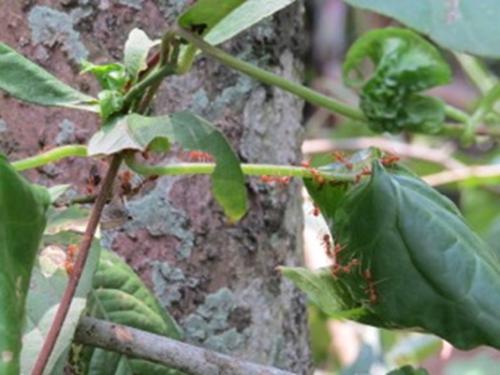K Supriya
Bird species diversity is highest at mid-elevations in Eastern Himalayas, whereas ants are extremely abundant at low elevations but essentially absent at mid-elevations. This project examines if interactions between ants and birds are responsible for the low diversity of birds at low elevations.

Understanding the patterns of species diversity and the processes driving them is extremely important in the light of climate change and extensive anthropogenic habitat modification. One of the most striking diversity patterns is that of greater species richness in tropics compared to temperate areas. However, in tropical mountain ranges, the temperate mid-elevations have more species than the tropical low elevations in many groups.

One neglected explanation for patterns of species richness is based on competitive interactions between distantly related taxa. In the eastern Himalayas, bird diversity is highest at temperate mid-elevations instead of tropical low elevations. By contrast, ants are essentially absent at mid-elevations but extra-ordinarily abundant at low elevations such that they leave no tree unoccupied. Could interactions between ants and birds explain relatively few bird species at low elevations? I am addressing this question by studying competitive interactions between these groups, comparing their diets and using phylogenetic information to gain insights into their interaction in the past.

Asian weaver ants carrying prey to their nest.
From April-June 2014, I carried out preliminary surveys in India at a low elevation site (Chapramari Wildlife Sanctuary, 200m) and a mid-elevation site (Neora Valley National Park, 1950m). In my study area, the Asian weaver ant Oecophylla smaragdina, a voracious predator of insects, is abundant. I found that trees with weaver ants suffer less leaf damage and have a lower proportion of large insects (insects >4mm) than trees without weaver ants, suggesting that weaver ants reduce bird numbers through direct competition for food. I conducted ant exclusion experiments in 2015 and experimentally demonstrated that removal of weaver ants leads to an increase in abundance of large insects.
Ants could also affect birds directly through predation on nestlings. I am using nest box experiments to examine the effect of weaver ant presence on nest-site selection and nest survival of birds. I am also studying the dietary overlap between weaver ants and birds using next-generation sequencing methods. Finally, I am reconstructing a phylogeny of ants found at different elevations using genotyping-by-sequencing (GBS) method which I will compare with a published phylogeny of birds from Himalayas.
My research will greatly improve our knowledge of biodiversity and species interactions in Eastern Himalayas, one of the least studied and most bio-diverse regions of the world. It also has important implications for the conservation of birds and other charismatic vertebrates through controlling invasive ants in small reserves.